Innovation has always driven the automotive industry, with manufacturers constantly pushing the boundaries of technology to enhance driving comfort, safety, and performance. Yet, not every idea is destined for success. Some innovations, despite their futuristic appeal and ambitious designs, turned out to be impractical or even dangerous. Over the years, carmakers have introduced a handful of technologies that seemed like breakthroughs on paper but failed to resonate with drivers or stand the test of time. From quirky conveniences to bold but flawed safety features, these inventions remind us that not all progress points in the right direction.
In many cases, these technological missteps were driven by genuine attempts to meet emerging consumer demands or address specific driving challenges. Yet, unforeseen issues like high costs, maintenance headaches, and user frustration quickly turned them into cautionary tales. As you’ll see, these failed innovations weren’t just minor missteps; they often carried significant financial losses, damaged reputations, or even put safety at risk. Looking back at these ideas offers a fascinating glimpse into the creative – if sometimes misguided – thinking that shapes automotive history.
Contents
Chrysler Turbine Engine (1963)
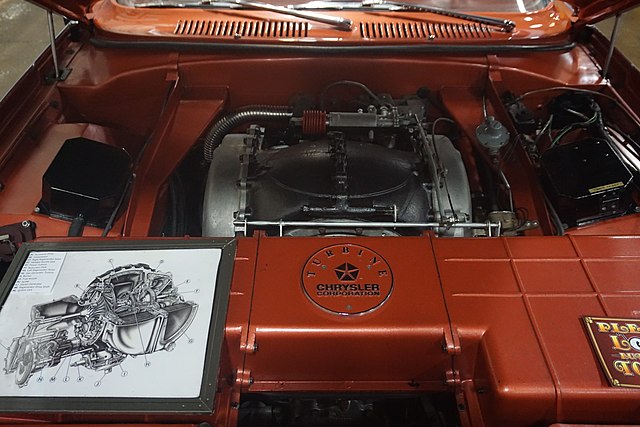
Chrysler’s Turbine Engine was an ambitious attempt to bring jet-engine technology to consumer vehicles, designed to run on various fuels and deliver a smoother ride. However, the turbine’s extremely high production costs and complex engineering made it unsustainable for mass production. The engine’s excessive noise and sluggish acceleration disappointed drivers, who expected a more refined experience. Another significant drawback was the engine’s poor fuel economy, which became a serious drawback amid the oil crises of the 1970s. Additionally, the complicated maintenance requirements deterred mechanics and dealerships alike. Ultimately, Chrysler recalled and destroyed nearly all turbine prototypes, leaving the project as an intriguing yet impractical experiment in automotive history.
General Motors’ Automatic Seat Belts

In the 1970s and 80s, General Motors introduced automatic seat belts as an early attempt to increase seat belt use without relying on manual buckling. These automatic belts were designed to move into place when the door closed, securing passengers automatically. However, many users found the belts to be uncomfortable and often restrictive, particularly during vehicle entry and exit. Moreover, the system was prone to malfunction, leaving some drivers frustrated or even injured due to jammed belts. Eventually, airbags became a more effective safety feature, rendering automatic seat belts obsolete. GM phased out the feature, which had become more of an annoyance than a convenience for drivers.
Ford Pinto’s Fuel Tank Design (1970s)
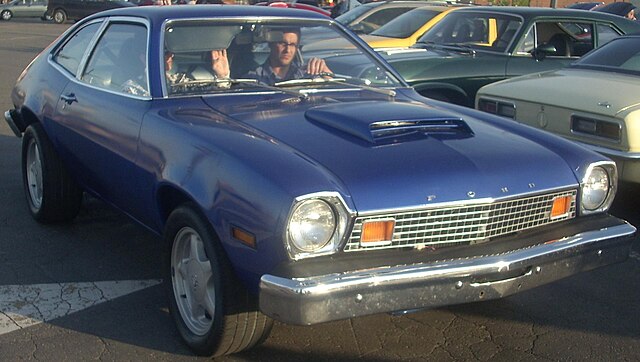
The Ford Pinto’s rear-mounted fuel tank design led to one of the most infamous automotive failures in safety history. In the event of a rear-end collision, the fuel tank was prone to rupture, causing serious fire hazards that tragically led to several fatalities. Ford, initially aware of the flaw, calculated that paying lawsuits would be cheaper than redesigning the tank, a decision that sparked public outrage and lawsuits. This scandal significantly damaged Ford’s reputation, and new safety regulations soon required manufacturers to improve fuel tank safety. The Pinto became a case study in corporate negligence, highlighting the disastrous consequences of cost-cutting at the expense of consumer safety.
Automated Scent Dispensers

Automakers experimented with automated scent dispensers to add a luxury touch to driving, offering in-car fragrances meant to create a pleasant atmosphere. However, this feature quickly proved to be unpopular with consumers who found the scents overwhelming or artificial. The dispensers were often hard to clean and refill, leading to issues with lingering odors that some users found unpleasant. Moreover, drivers and passengers with allergies or sensitivities to scents experienced adverse reactions, making the feature impractical. As a result, most carmakers quietly discontinued the dispensers, leaving it as a minor footnote in automotive history.
Cadillac’s Built-In Toilet (1947)

In 1947, Cadillac briefly experimented with a “Sanitary Unit” featuring a built-in toilet for the backseat. While the idea may have seemed convenient for long road trips, the logistics of actually using this feature while the vehicle was in motion presented significant challenges. The limited sanitation options and lack of odor control meant the feature was unappealing and impractical. Many potential buyers were also embarrassed by the concept, seeing it as unnecessary or even uncivilized. Cadillac quickly discontinued the feature, recognizing that in-car restrooms were better suited for RVs than luxury sedans.
Pontiac’s Talking Car (1980s)
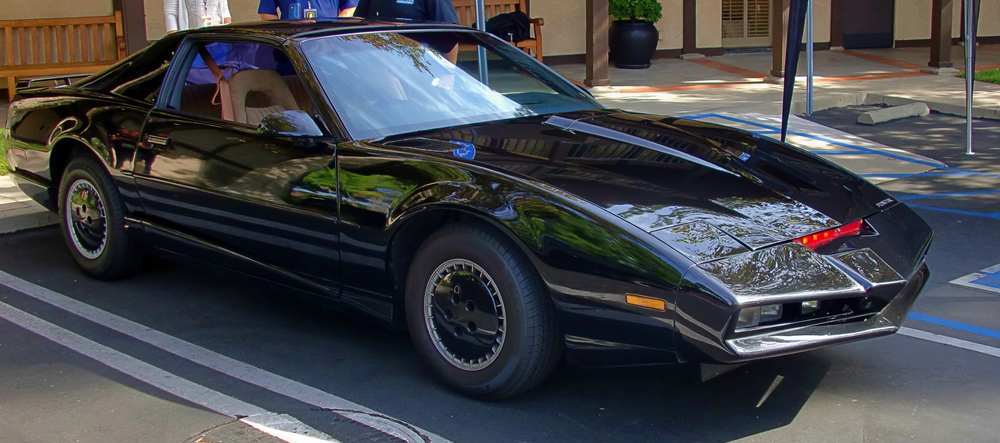
Pontiac introduced a talking car feature in the 1980s, designed to enhance driver safety by audibly reminding them of seat belts, low fuel, and other warnings. However, the feature quickly became more of an irritation than a benefit. Drivers found the constant voice reminders intrusive and distracting, especially when they were triggered repeatedly for minor issues. Moreover, the voice itself sounded robotic and unnerving, which led to frustration rather than reassurance. The feature was eventually removed as drivers overwhelmingly preferred traditional dashboard warnings over a car that wouldn’t stop talking.
BMW’s Joystick Shifter (2000s)
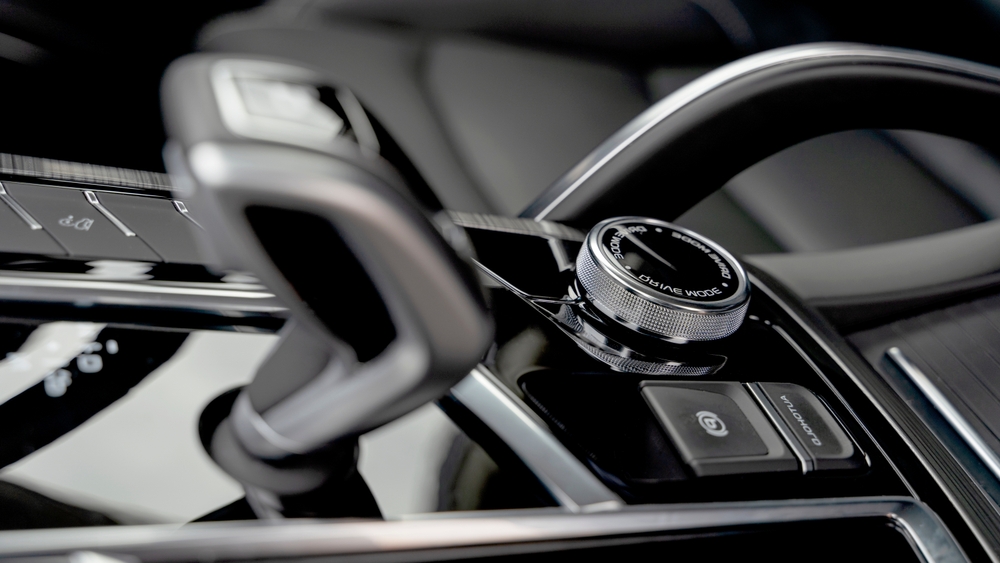
In the 2000s, BMW introduced a joystick-like shifter that aimed to modernize the driving experience, replacing the traditional gear selector. Unfortunately, the shifter confused many drivers who found its operation unintuitive, often leading to unintended gear changes or difficulty shifting into reverse or park. This unfamiliar design caused numerous incidents of drivers leaving the car in the wrong gear, leading to rollaways and even accidents. BMW eventually reverted to a more conventional shifter in response to widespread complaints and recalls, learning that some innovations can sacrifice too much usability.
Lincoln’s Power-Operated Headlights (1950s)

Lincoln’s “Autronic Eye” in the 1950s automatically dimmed high-beam headlights when oncoming traffic was detected. While innovative for its time, the system was often unreliable, failing to detect approaching cars or misjudging lighting conditions. Drivers found themselves frequently overriding the system to avoid accidentally blinding other drivers, making it more hassle than help. Technological limitations at the time hindered its functionality, leading Lincoln to eventually abandon the feature. Modern adaptive headlights have since perfected the idea, but the Autronic Eye is remembered as an early, flawed attempt at automated headlight technology.
Chevrolet’s Liquid Tire Chain (1960s)

In the 1960s, Chevrolet marketed a “Liquid Tire Chain” that sprayed a traction-enhancing chemical onto the rear tires to help cars drive on icy roads. Although creative in concept, the spray proved ineffective in truly icy or snowy conditions, failing to provide sufficient grip on slippery surfaces. Additionally, the chemical residue often damaged the car’s paint and surrounding bodywork, leading to consumer complaints. Given its limited effectiveness and high maintenance issues, Chevrolet quickly phased out the feature, leaving the product as a short-lived novelty in automotive history.
Mazda’s Rotary Engine (1970s)
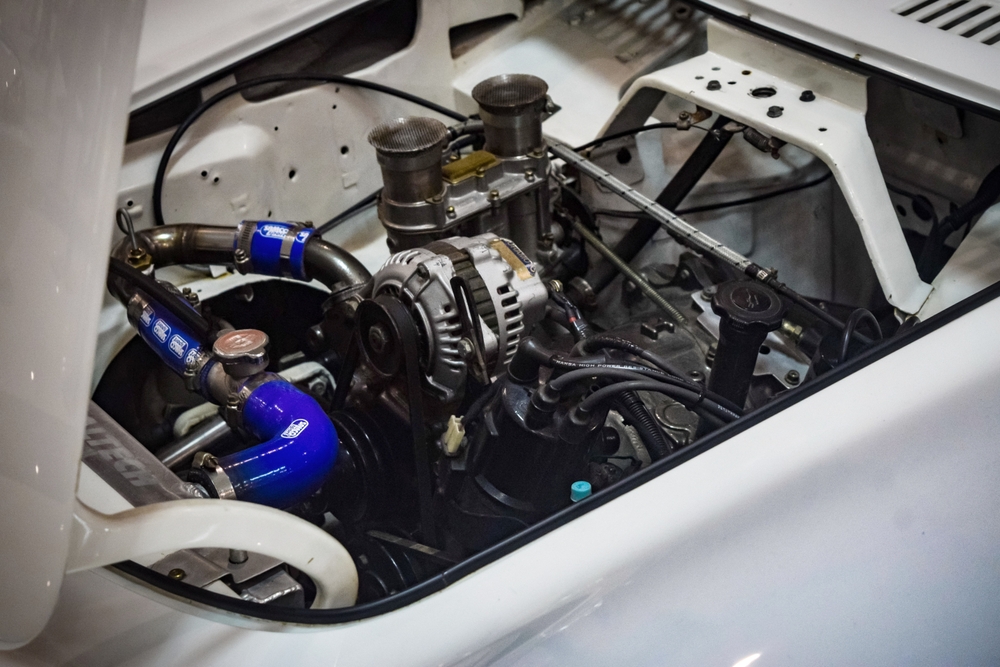
Mazda’s Wankel rotary engine aimed to revolutionize the car engine by delivering a high power-to-weight ratio with fewer moving parts. However, the engine suffered from poor fuel efficiency, high emissions, and frequent reliability issues, making it a costly choice for consumers. The rotary engine’s unconventional design also posed challenges for maintenance and required specialized mechanics. Mazda eventually retired the technology due to increasingly stringent emission regulations and consumer demand for more fuel-efficient engines. While unique, the rotary engine’s disadvantages outweighed its benefits, and it remains a niche choice in automotive history.
This article originally appeared on MyCarMakesNoise.
More from MyCarMakesNoise
10 Classic Cars from the ’60s and ’70s with the Worst Engines

The 1960s and 1970s were an iconic era for car design and culture, but not every model from this time is remembered fondly. While many vehicles became famous for their style and performance, others were plagued by underperforming engines that tarnished their reputations. Read More.
13 Durable SUVs That Are Known For Their Longevity

Selecting an SUV that combines reliability with enduring build quality can be a smart investment for drivers who value long-term performance. These models stand out for their proven track records in maintaining robust functionality and comfort over extensive periods, making them ideal choices for those planning to keep their vehicle for many years. Read More.
13 Rare American Sports Cars You’ll Likely Never See on the Road

American sports cars are renowned for their bold designs, powerful engines, and the indelible mark they leave on the automotive world. From iconic muscle cars of the 1960s to modern-day engineering marvels, these vehicles symbolize freedom, innovation, and raw power. Read More.














